For years, the idea of an electric-powered snow groomer was considered something of a holy grail: a great idea in theory, but one that would be difficult to achieve in the real world.
That idea has now become a reality thanks to Italian snow groomer manufacturer Prinoth.
Two years ago, the company introduced its Husky eMotion, the world’s first commercially available electric snow grooming machine. The unit has been in use in Europe since 2022 at a handful of locations, including Val Cenis, France; Trondheim, Norway; and Oslo, Norway. And this past season, Prinoth sold its first two electrified units to customers in North America (Taos Ski Valley in New Mexico and Sleepy Hollow Ski and Bike Center in Vermont).
Rachel Templar, snow grooming marketing manager for Prinoth North America, says the inspiration for the Husky eMotion was customer demand.
“The demand for this kind of electric snow groomer is really coming from the resorts. The customer said, ‘We want to reduce our carbon footprint. What can you do to help us?’” she said. “That’s where this whole thing started for us. It’s not so much [that] this snow grooming company is saying we are here to change the world. We’re here to support our customers and our customers are here to change the world.”
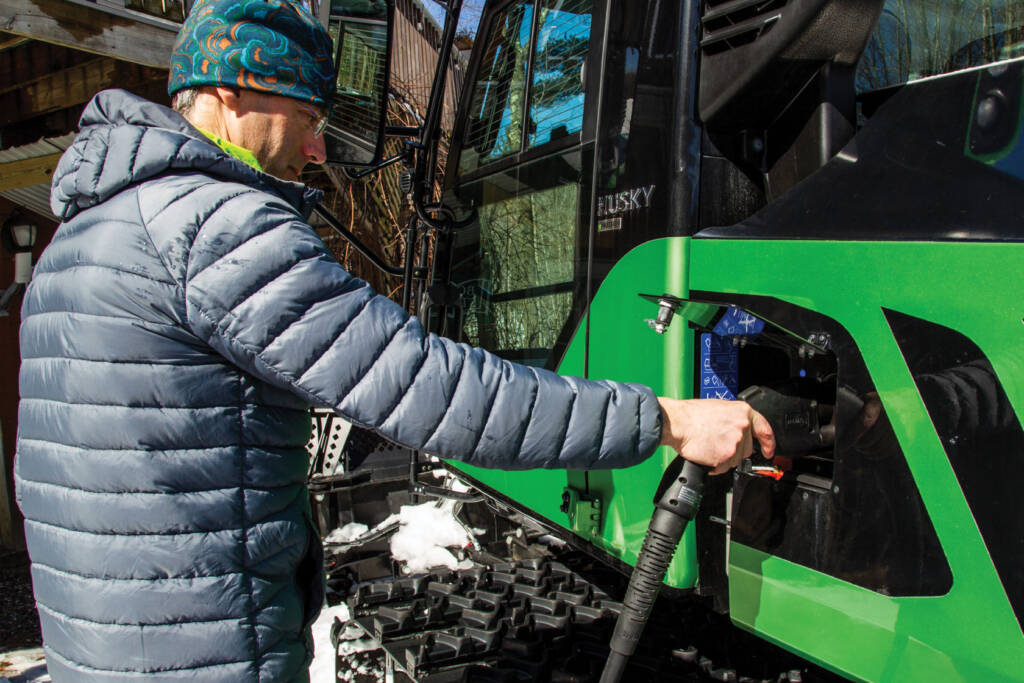
Prinoth had been looking to develop an electric snow groomer for some time, but it wasn’t until around 2019 the company began to ramp up its research and development efforts.
Engineering manager Alexander Wood says the Husky eMotion is essentially an electric version of Prinoth’s Husky diesel-operated groomer. The only real difference is the diesel-powered engine has been swapped out for an electric motor.
“When you sit in this groomer, it feels familiar, since the frame is the same as the traditional diesel model and all our machines have the same user interface,” said Templar.
Not only does the Husky eMotion look and feel like a conventional snow groomer, but it also performs like one. It can be used in both Nordic and alpine ski environments. It’s powered by a 245-horsepower electric motor that provides 180 kilowatts of power and 1,000 nanometers of torque. Best of all, it actually outperforms the diesel engine in a conventional Husky groomer.
“Technically, it exceeds the conventional Husky by 6% in power and 5% in torque,” said Wood. “The cool thing with electric is you have the torque available from the moment you hit go.”
Perhaps the only noticeable difference between the Husky eMotion and conventional snow groomers is how quietly it operates compared to a diesel model. “That’s the [number one] comment I have heard from everybody who has operated it – how quiet it is. In the cab, outside the machine, passing by them, it’s just so quiet,” said Wood.
Product and sales manager Walter Piekarz says the Husky eMotion can perform any task that a normal snowcat can. The only difference is its range. The engine’s electric battery can currently hold a charge for about three hours in normal operating conditions. That makes it ideal for use in smaller areas of a ski area that might require only a few hours of grooming at a time.
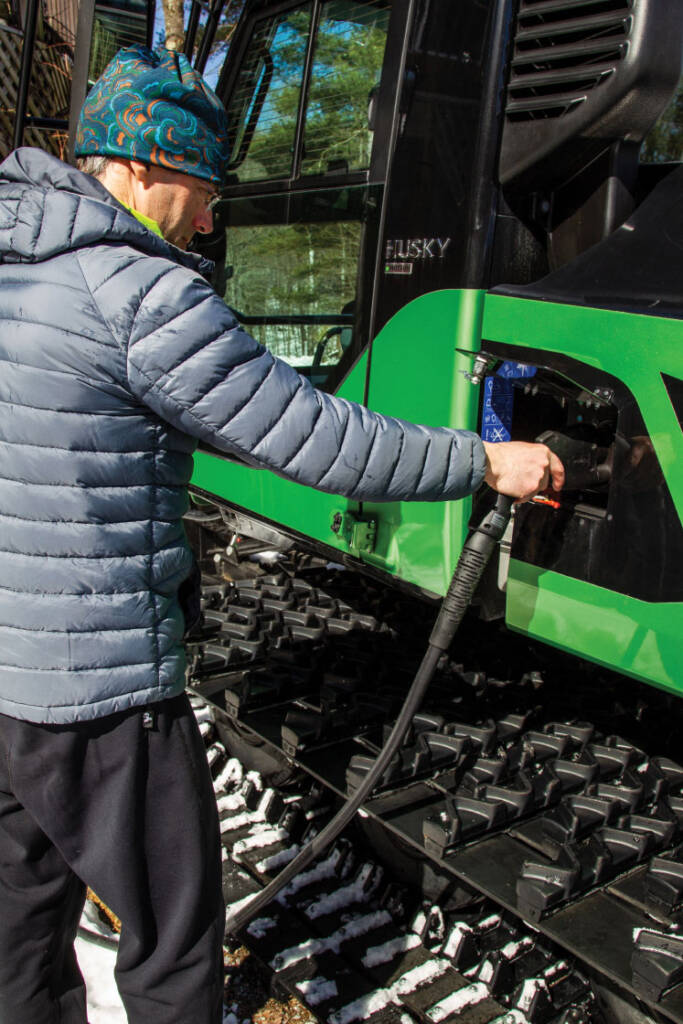
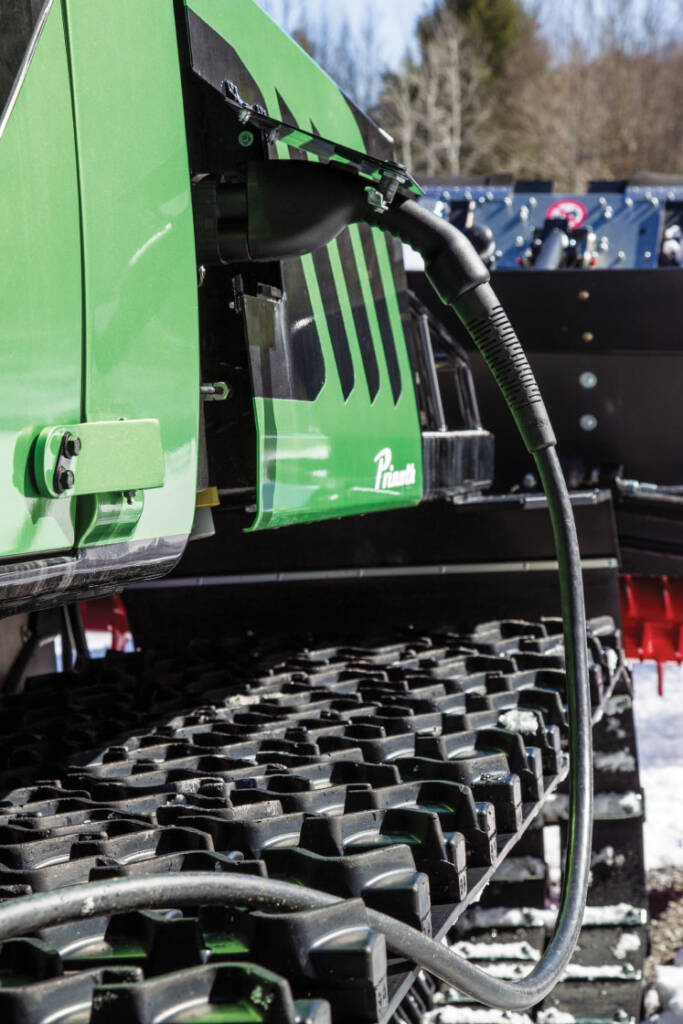
The battery used in the engine was developed by an outside supplier. It was designed specifically for the Husky eMotion to address some of the operating challenges it will face, including cold temperatures and an abundance of moisture. Prinoth is continuing to work with the battery supplier to find ways of increasing the battery’s operating capacity, says Piekarz. “We’re continually looking to find new ways to overcome [the battery’s limitations],” he said.
The battery offers both AC and DC charging capabilities, meaning it can be charged virtually anywhere in the world. It takes about eight hours to completely charge the battery using AC voltage, while that time drops to just two hours using a DC charge.
One of the beauties of the electric groomer’s charging system, Wood says, is the fact it can be powered up using the existing snow gun connections ski areas already have in place.
“We worked hard on being able to come to a ski resort and be able to create a cost-effective solution to charging them,” he said. “Being able to charge them using the snow gun connections on a mountain really opened things up. Instead of having a designated charging station at one location, now your entire mountain is a charging location. The infrastructure that’s already there for snow guns, we can tap right into that and use that for charging.”
Another advantage to using the Husky eMotion is that it can help ski areas to realize significant cost savings in fuel usage compared to a conventional groomer, while also helping them to achieve their carbon reduction goals at the same time.
According to the company’s initial findings, the electric version of the Husky can net a savings of between 28 to 66% in fuel costs compared to its diesel counterpart depending on electricity or diesel costs in a given region. In terms of emissions, a diesel-powered Husky generates 935 pounds of CO2 per tank of fuel. Multiply that by the number of fill ups required, and that adds up to a pretty significant reduction.
The Husky eMotion is available in two models: the standard version and the Husky eMotion X. The X package includes twice the range of motion of the blade and enhanced range of motion of the tiller. It also features LED lights, inclinometers on both the vehicle and blade, a distance measurement tool and a rear-view camera. So far, the feedback the company has received on its electric offering has been largely positive, Piekarz says.
“Everybody really enjoys the machine, enjoys how quiet it is, how smooth it rides,” he said. “There’s really been no negatives other than the people who say the range isn’t long enough, and that’s generally alpine groomers who are used to running an eight to 12-hour shift. If you use it for what it can do right now, it’s really a great addition to any fleet.”
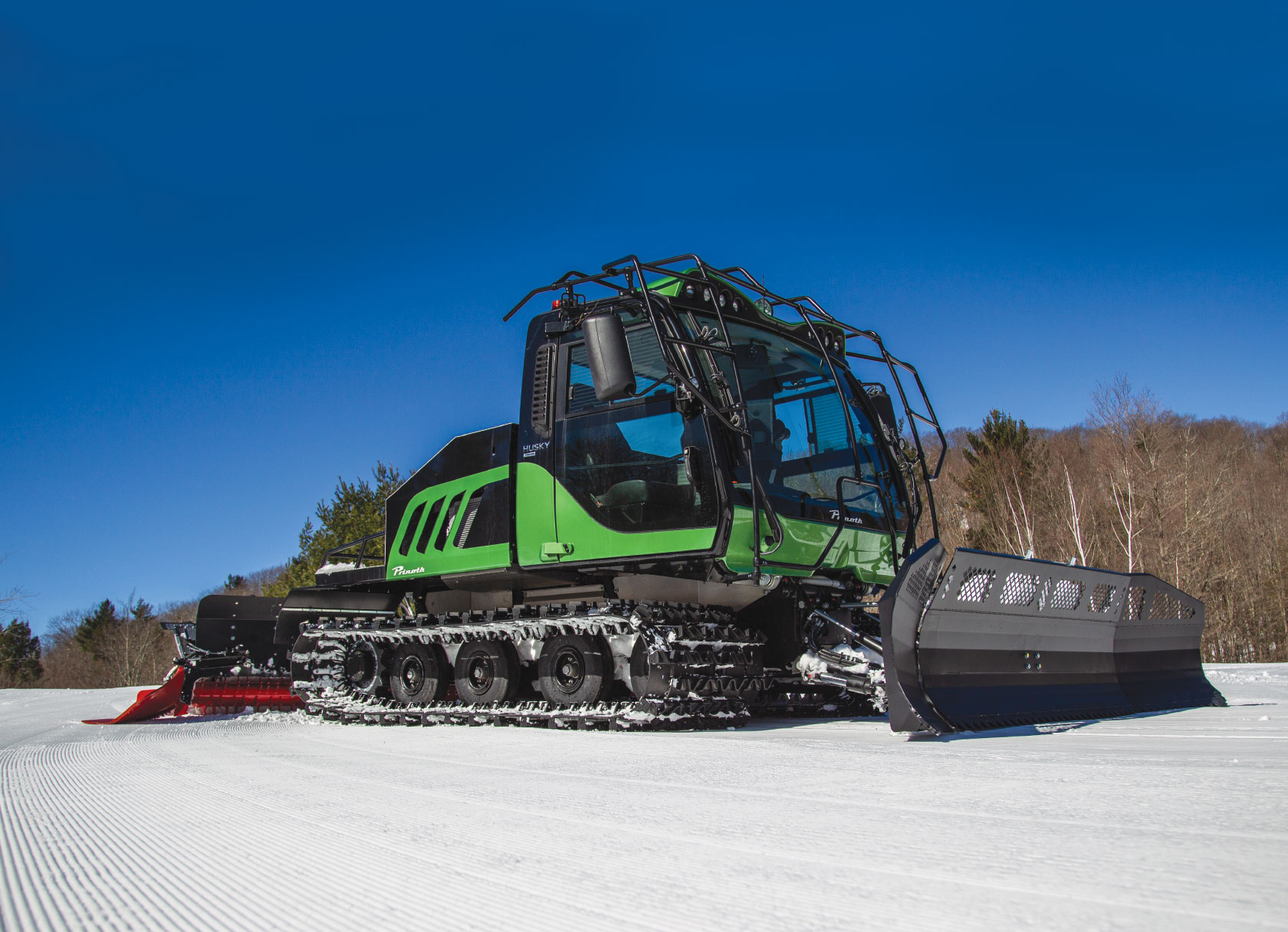
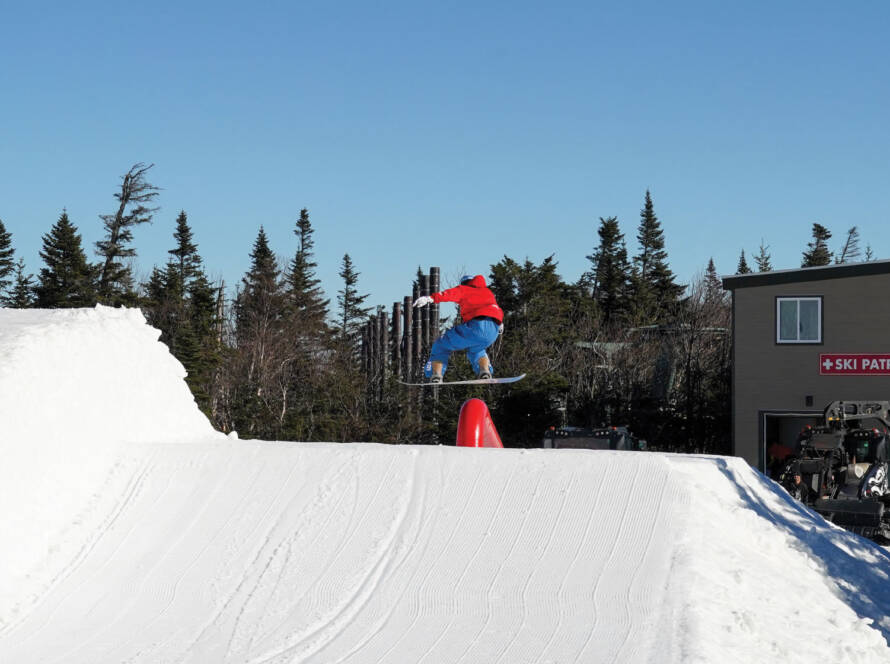
![[image placeholder]](https://www.snowopsmag.com/wp-content/uploads/2023/09/placeholder@2x-890x664.png)